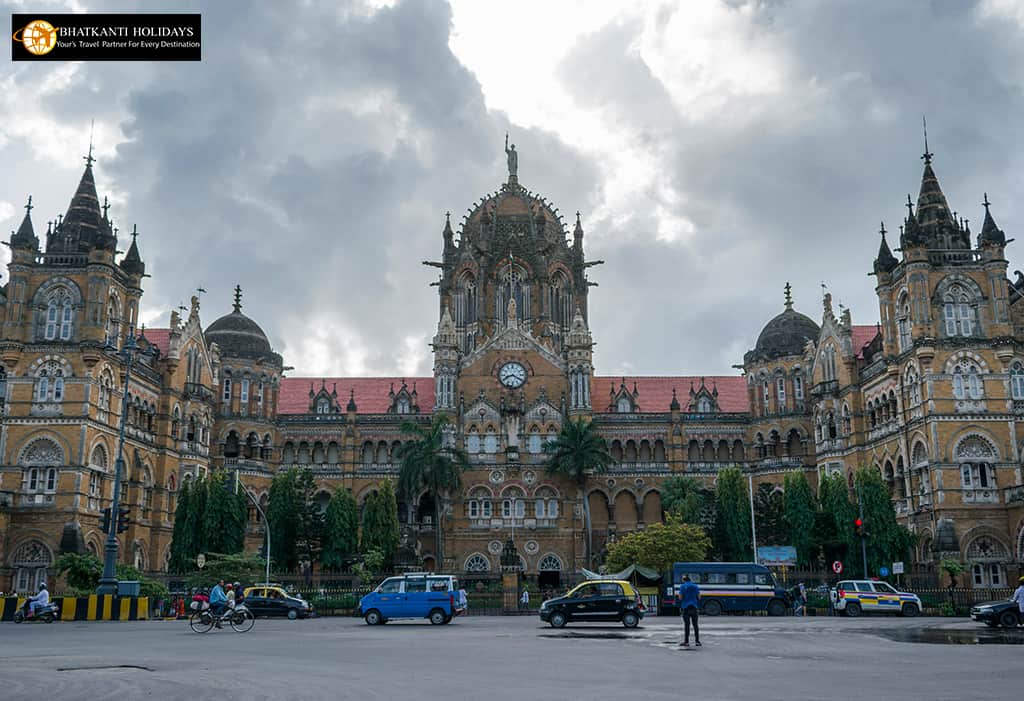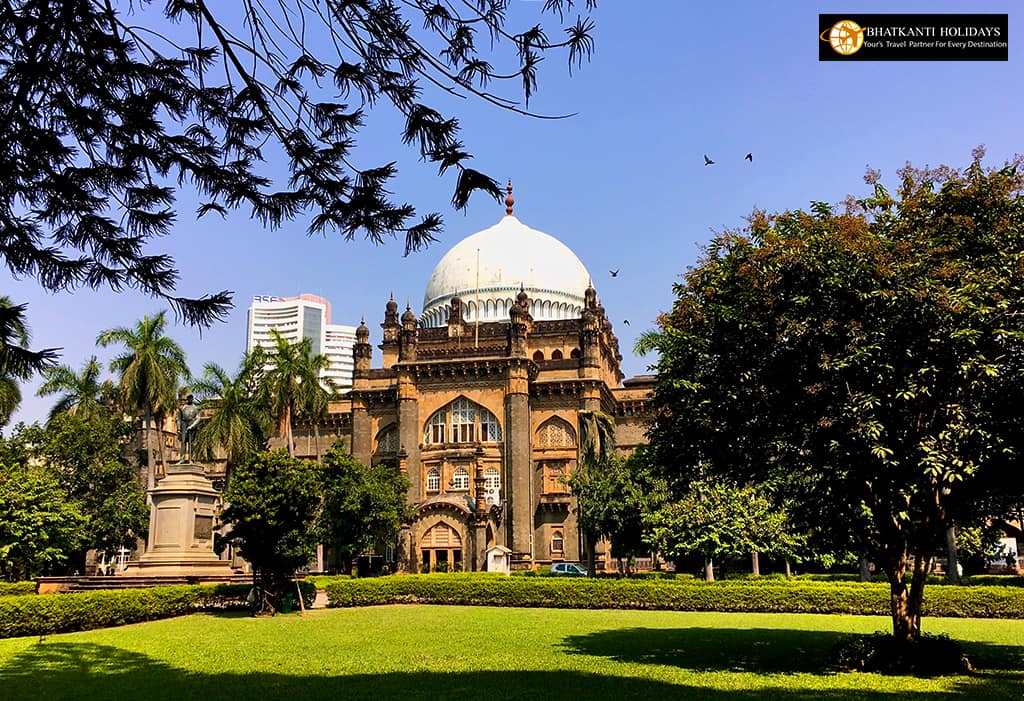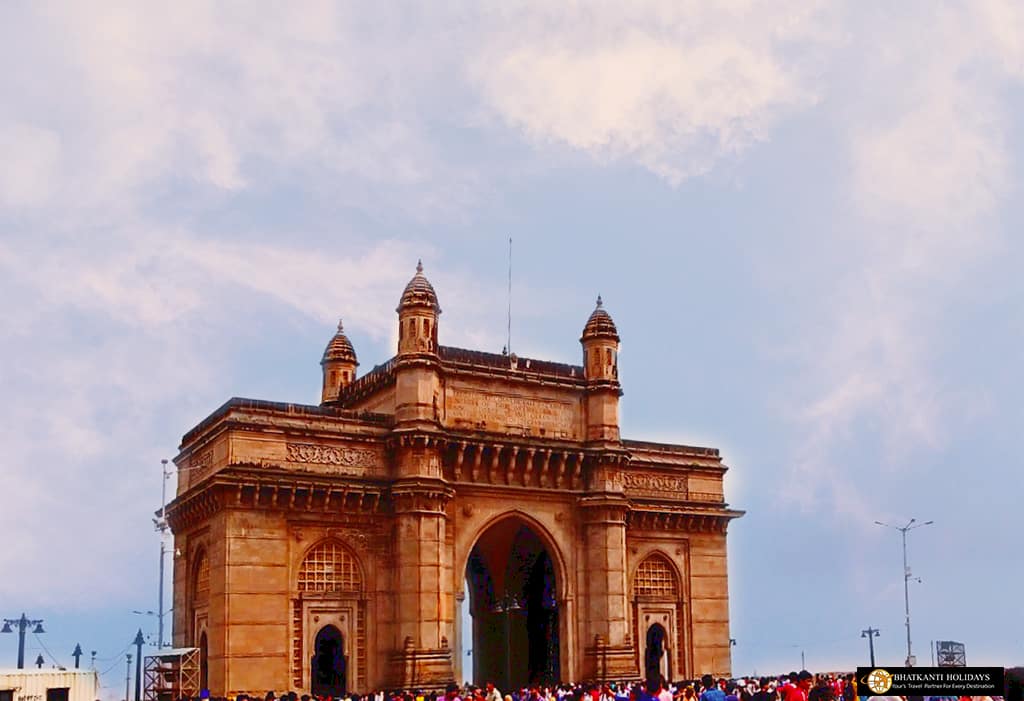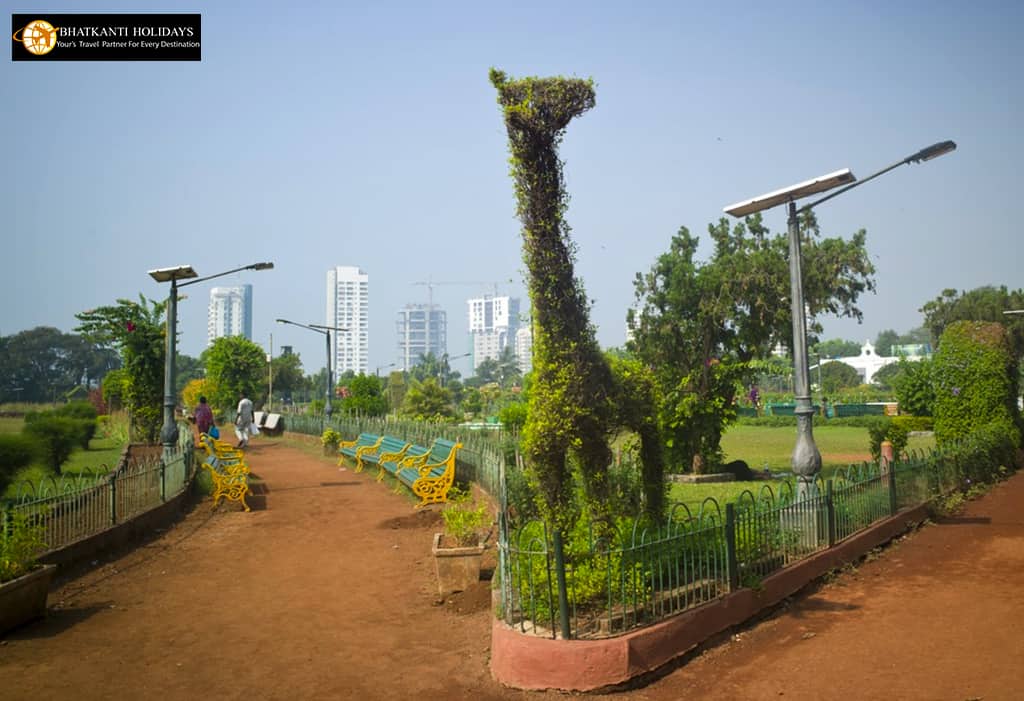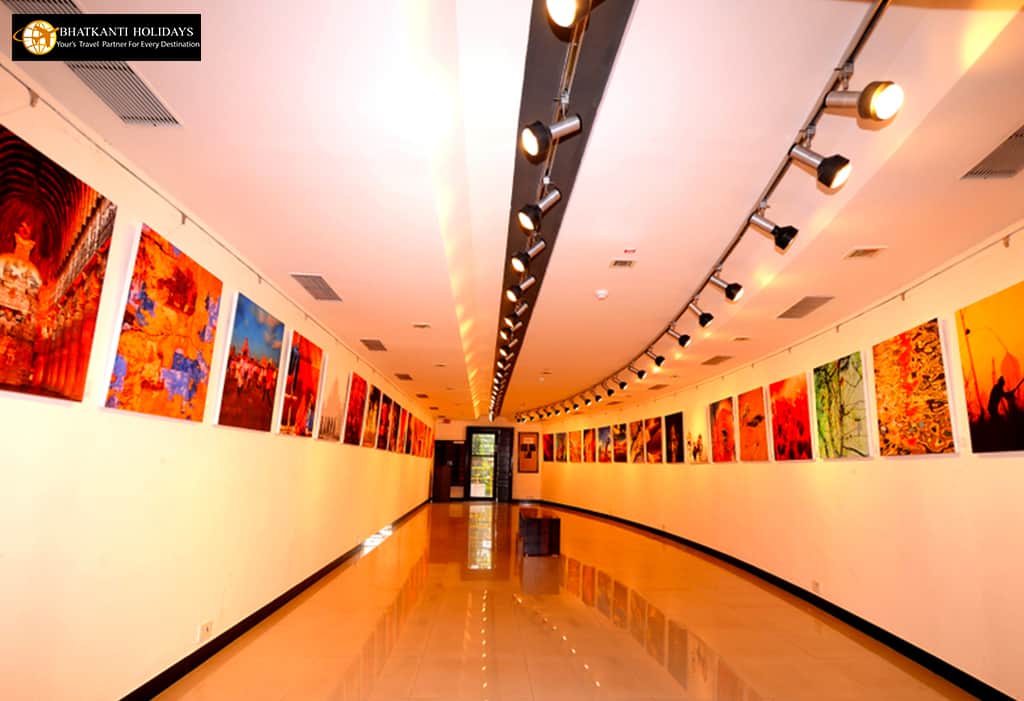- Home
- About
- Places
- Top 25 Best Places To Visit In India
- 1. AJANTA ELLORA CAVES
- 2. BAGA BEACH GOA
- 3. DARJEELING
- 4. GATEWAY OF INDIA
- 5. GOLDEN TEMPLE
- 6. GULMARG
- 7. HARIDWAR
- 8. HAVELOCK ISLAND
- 9. INDIA GATE
- 10. JAISALMER FORT
- 11. KANYAKUMARI
- 12. KEDARNATH TEMPLE
- 13. KEMPTY FALLS
- 14. KUFRI SHIMLA
- 15. MUNNAR KERALA
- 16. MYSORE PALACE
- 17. PANGONG LAKE
- 18. QUTUB MINAR
- 19. RANN OF KUTCH
- 20. SOLANG VALLEY
- 21. TAJ MAHAL
- 22. TIRUPATI BALAJI TEMPLE
- 23. TSOMGO LAKE SIKKIM
- 24. VAISHNO DEVI TEMPLE
- 25. WAGAH BORDER
- TOP 10 CAVES IN MAHARASHTRA
- Ashtavinayak Ganpati Temples in Maharashtra
- Top 12 Best Forts In Maharashtra
- Top 10 Religious Places In Maharashtra
- Top 5 Hill Stations in maharashtra
- Top 5 Konkan Places
- Top 5 Goa Places
- Top 25 Best Places To Visit In India
- Blog
- Kashmir Tourism
- Lakshadweep
- Top 10 best palces to visit in ujjain
- 12 Jyotirlinga in India
- 10 Amazing Places To Visit During Monsoon In India
- Dandeli, Karnataka
- Top 10 Best Hotels In Goa
- TOP 10 Places For Camping Near Mumbai
- Top 15 Best Waterfalls In Maharashtra
- Top 10 Best Places To Visit Near Mumbai In Monsoon
- Kaas Plateau “Kaas Pathar”
- Top 5 Beaches To Visit In Goa
- Best Travel Credit Cards
- Covid-19 Impact On The Tourism Industry
- Hotel Booking
- Contact
Elephanta Caves
Elephanta Caves information
Elephanta Caves, designated as a UNESCO World Heritage Site, are a collection of rock-cut caves located on Elephanta Island in Mumbai Harbor, Maharashtra, India. These caves are renowned for their intricate rock-cut architecture, particularly the impressive sculptures dedicated to Lord Shiva. The site holds significant cultural and historical importance, attracting visitors from all over the world.
Elephanta Caves HISTORY & Architecture
The history of Elephanta Caves dates back to the 5th to 6th centuries CE, during the rule of the Kalachuri dynasty. Originally known as Gharapuri, meaning “the city of caves,” the island served as a thriving center for religious and cultural activities. The caves were primarily dedicated to the worship of Lord Shiva and served as a place of pilgrimage for Shaivite devotees. Over the centuries, the site fell into obscurity and was rediscovered by the Portuguese in the 16th century, who named it Elephanta Island after the large stone elephant statue found there.
The architecture of Elephanta Caves showcases a blend of Hindu and Buddhist influences, characterized by intricate rock-cut sculptures and carvings. The main cave, also known as the Great Cave or Cave 1, features a grand entrance adorned with colossal sculptures of guardian figures. Inside, visitors can marvel at the impressive main hall, supported by massive pillars, and adorned with intricately carved panels depicting scenes from Hindu mythology, particularly episodes from the life of Lord Shiva. The cave also houses a sanctum sanctorum with a lingam (symbolic representation of Lord Shiva) at its center.
Facts about Elephanta Caves
- The Elephanta Caves were designated as a UNESCO World Heritage Site in 1987.
- The caves are famous for their colossal Trimurti sculpture depicting the three faces of Lord Shiva: the Creator (Brahma), the Preserver (Vishnu), and the Destroyer (Shiva).
- The island was once home to seven caves, but only the main cave remains accessible to visitors today.
- The Portuguese, upon discovering the island in the 16th century, defaced many of the sculptures and structures within the caves.
Things to Do at Elephanta Caves
- Explore the intricately carved sculptures and panels within the main cave.
- Admire the colossal Trimurti sculpture of Lord Shiva.
- Take in panoramic views of Mumbai Harbor from the island.
- Visit the Elephanta Island village and interact with local communities.
- Attend cultural events and performances occasionally held on the island.
Best time to visit Elephanta Caves
The best time to visit Elephanta Caves is during the winter months, from November to February, when the weather is pleasant and comfortable for exploration.
It is advisable to avoid visiting during the monsoon season (June to September) due to heavy rainfall, which may disrupt ferry services and make the island slippery and unsafe for tourists.
HOW TO REACH Elephanta Caves
BY AIR
Nearest Airport is Chhatrapati Shivaji Maharaj International Airport Mumbai.
BY RAIL
Borivali Railway Station is the nearest railway station, is 7 kms from Elephanta Caves.
BY ROAD
Chhatrapati Shivaji Maharaj Terminus (CSMT) Railway Stationa is the nearest railway station.
NEAREST PLACES TO VISIT NEAR ELEPHANTA CAVES
